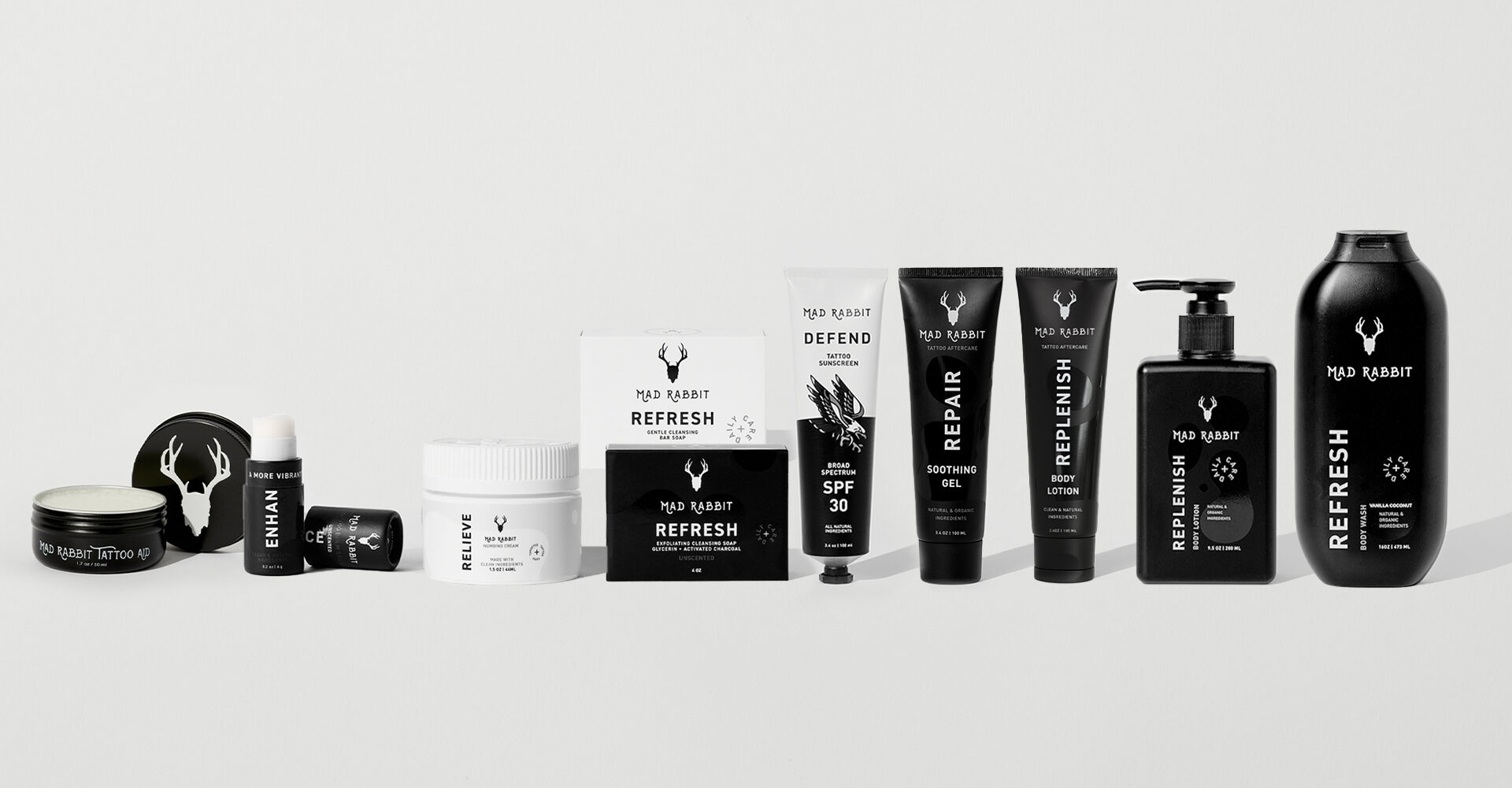
With $10M In New Funding, Mad Rabbit Is Primed To Spearhead Tattoo Aftercare At Big-Box Retail
Target’s average shopper is a millennial mom and, out of all young Americans, according to millennial and gen Z insights firm YPulse, millennial parents are the most likely to have tattoos. So, it’s a pretty good bet that Target could capitalize on the tattoo inclinations of their avid customers with a tattoo aftercare brand and such a brand, Mad Rabbit, is interested in a big-box retail home.
In an interview with Beauty Independent on Wednesday, Oliver Zak, who started Mad Rabbit in 2019 with Selom Agbitor, didn’t specify big-box retailers the brand is pursuing, but emphasized that, after focusing on direct-to-consumer business for most of its four years in business, it’s ready for a significant retail push.
That readiness comes from Mad Rabbit recently closing a $10 million series A funding round led by Lucas Brand Equity, with participation from Mark Cuban, H Venture Partners and other investors, and building its team to handle the various responsibilities associated with servicing megachains. In total, Mad Rabbit, which quadrupled its valuation to $56 million in the latest round, has raised $16 million. In 2021, the brand appeared on “Shark Tank” and landed a $500,000 deal with Cuban for 12% equity.
Mad Rabbit doesn’t view big-box retail as its only distribution prospect. Tattoo parlors are set to play a pivotal role in its future sales, too. Zak, who was joined by Erin Murray, SVP of marketing at Mad Rabbit, for our interview, shed light on the challenges and opportunities of the brand’s distribution expansion plans, fundraising in a tough environment, turning to ambassadors rather than influencers and prioritizing profitability.
You and Agbitor launched Mad Rabbit with $600. What’s been your approach to fundraising since?
Zak: Before “Shark Tank,” we raised money from family and friends to support inventory for the airing. Then, really off of the momentum from the “Shark Tank” airing, we raised a seed round led by Acronym Venture Capital. We ended up raising a convertible note, which converted into our series A that we closed recently.
It was actually a very scary time to be raising. We were watching the general market fall apart, and we saw it trickle down to VC and PE. It was a raise that wasn’t guaranteed by any means and certainly not at a premium multiple. Fortunately, we had high conviction from our existing investors.
Lucas came on board with the convertible note in 2021 with intentions of taking a larger piece of the business when we were to do a series A, and we generated a lot of excitement because we did a great job of executing on growth for a long time. That narrative helped us raise money. It was all about the growth numbers, but, when the broader market shifted, profitability became the North Star for venture-backed companies. So, there’s been a strategic shift that’s gone along with this raise as well.
Before we get into that strategic shift, can you tell us about Mad Rabbit’s growth?
Zak: Our first year of business, we did $400,000 in sales on one product. There’s bit of a caveat to the first two years of business because the brand was still a side hustle for us. Year two was $2.8 million on one product. Year three was $10 million. Last year, it was closer to $14 million. At about $10 million to $14 million was where we began the strategic shift to focus on profitability and when the market began to shift.
Moving forward, any incremental growth that we experience is going to be coming from retail. We built this brand during COVID online in direct-to-consumer and e-commerce, and only now are we really focusing on what we want our retail footprint to look like. So, incremental growth will be coming from big box and the professional channel.
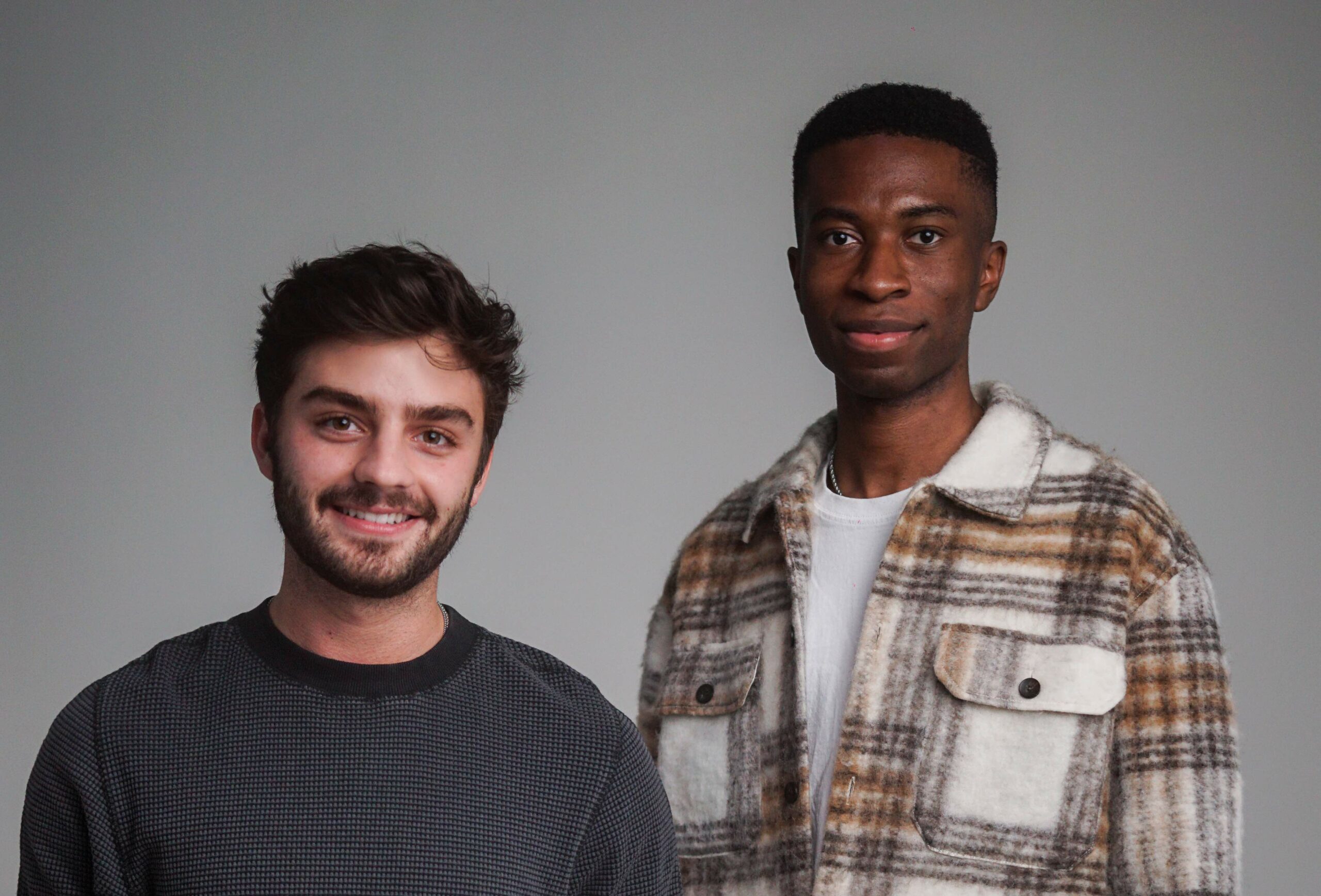
When you talk about the strategic shift you’re making, what does it look like?
Zak: There’s a lot of areas I can point to, one of them being launching new products. We’ve had quite a bit of success selling new products to our existing customers. That shows a strong affinity for the brand and a need for the new products we are launching. That goes a long way as far as expanding the topline and AOV.
We are at nine products now, and we cover the full suite of tattoo care, so it’s everything from pre-care, which is how I would classify our Numbing Cream, to aftercare, which is up to two to three weeks after you get a tattoo, and daily maintenance with tattoo-safe ingredients. That’s a very consumer-facing lineup. In other words, we are selling directly to the person getting the tattoo as opposed to the tattoo artist. As far as the future pipeline, we are looking to bring clean and natural formulations to the artists so we can serve multiple customer bases.
I don’t want to misconstrue that growth isn’t important anymore, but we are shifting so that every dollar we put into marketing needs to deliver on ROI. It’s easy to spend on Facebook ads and billboards, but we are doubling down on retail and the professional industry, so tattoo shops are a major focus going forward. The artist is the ultimate authority in the space. There’s been a ton of growth as far as people in America getting tattoos—it’s at almost 50% now—but that doesn’t happen without the tattoo artists, so winning there is going to be huge for the brand.
How have you grown the retail footprint to date?
Zak: Our initial retailers were culturally driven, so Urban Outfitters is very much the under-35, more trendy city-living individual. We rolled out to GNC in February. We’ve seen a ton of early success there, and the overlap is people who are active and care about what they are putting in their body and what their tattoos look like.
We can sell to tattoo parlors, which is our bread and butter, but there’s also a ton of opportunity to sell within cultural retailers, so surf and skate shops, motorcycle dealerships and music festivals. There are a million reasons people get tattoos and a million places we can reach them. As we continue to gain brand awareness, we will look to a big-box rollout at the end of this year or early next year.
How have you built the brand’s team?
Zak: We are close to 15 people now. We did that by slowly taking off some of our hats. In the beginning, we did all the supply chain, investor relations, marketing, product development, everything because we were two people.
Erin came on board when we knew there was another level of marketing we needed to be doing besides Facebook ads. In the first two years, we were 100% reliant on Facebook ads, and there wasn’t a strong brand from a general marketing perspective. That’s why we knew Erin was a great first hire for us.
Garin Chadwick, our content director today, we used to rip his work off of a royalty-free website because he would take a ton of pictures of tattooed people. He was a no brainer.
A big part of it is cultural fit. Tattoo culture is very welcoming, but it’s also an industry that has a lot of nuances. If you don’t have tattoos, you might not understand those right off the bat. That’s not to say you can’t learn them, it’s just a bit of a process, but cultural fit is just as big as being the right person for the job.
There have been several deals in the tattoo product space. What’s your read on the market?
There’s been a lot of interest from both strategics and venture capital in tattoos. There was the deal with Inkbox and BIC. L’Oréal invested in temporary tattoo machine [Prinker Korea]. Ephemeral Tattoos has raised a ton of money. I think what’s happening is that the wave of cultural adoption is catching up with the people in finance, which historically hasn’t had the most tattooed people.
I don’t think it’s inherently interesting to strategics or banks. A lot of time in big CPG, they’re interested in the mass consumer. The mass consumer hasn’t always been the most tattooed person ever. I think it’s been overlooked for that reason, and there are now big eyes on the growth statistics as far as people having tattoos. They are taking note. Honestly, our head is down on execution, and I would love to resurface on this front in a few years. It seems like a good place to be given all the deals.
What are the challenges Mad Rabbit faces going into tattoo parlors?
Zak: A lot of the challenges start from there never having been a formal school for tattooing. It’s an industry built on apprenticeship, and with that comes learning the ropes from someone who learned from someone else. Not a lot of aspiring artists have access to materials on the internet. We would like to be a platform of authority, and we would love to get people into tattooing.
Culturally, you are up against a lot of bigotry in some cases. They have been doing it their way for the last 20 years and, from their perspective, who is this new brand not started by tattoo artists telling me how to heal tattoos? But the larger majority of shops are more inclusive and excited about the opportunity. I think we just try to spend our time with the people who are going to be on the right side of progress.
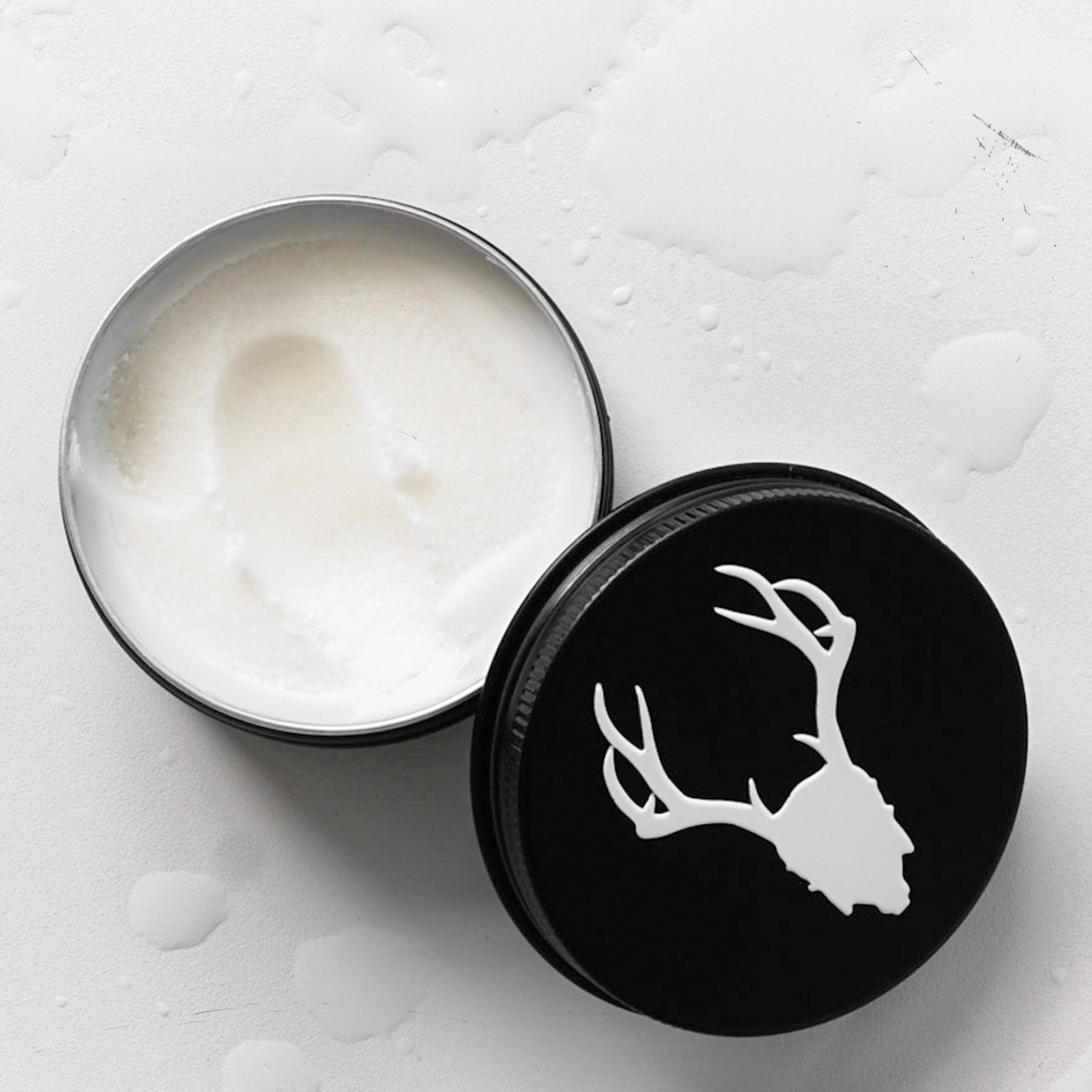
In hair salons and spas, retail has been an important component of the business. Is that the case in tattoo parlors?
Zak: It’s not like hair salons where they have revenue coming from product sales. Most of these tattoo shops don’t sell any product at all.
We are going to kick off our boots-on-the-ground sales team with not only sharing why our product is superior to petroleum jelly, but also educating tattoo parlors on retail sales. A lot of them don’t want to feel like salespeople, but the key is for them to realize they are helping clients’ needs.
Retail is not an existing channel in tattoo parlors, and it’s a great opportunity for us to be the brand that kicks it off, but it’s a bit of an uphill battle and a fight we need to lead.
What are trends you see in tattooing?
Zak: Social media has really opened up tattoo styles. You have seen a ton of creativity and innovation in the last couple of years. Historically, you could get an American traditional tattoo. That was the only option you had in the ’30s and ’40s. That expanded with globalization, and you started to get the influence of Japanese traditional. Now, there are dozens of styles because of social media, which has really allowed artists to showcase they work they do and connect with audiences it resonates with.
Being a brand with over a million followers collectively, we do a lot of tattoo sharing. We have a unique opportunity to see what is trending and speak to audiences accordingly. We have seen a trend in micro realism and fine line tattoos. That’s like the tribal tattoos of the ’90s right now.
Has the ROI on your influencer marketing decreased?
It’s definitely not the same ROI or perhaps it’s harder to find the ones that hit. I’ve heard that the macros up to the Kardashians are having trouble pushing product the way they used to. I think that’s due to a lack of consumer trust and there being a lot of noise. Any brand can get anyone to post about a product. We still do it, and it’s important, but my focus has shifted to the ambassador side.
We use this great platform called SocialLadder that enables us to have 5,000 ambassadors. They get served tasks, and they can redeem rewards for merch and other things. A lot of times, the tasks are UGC-centric. They take a picture and authentically post our product. That resonates more than influencers these days. We are turning our fans into micro-influencers.
How are the demographics of Mad Rabbit changing?
Zak: We are successfully speaking to more women, which has been an initiative of ours. Right now, we are about a 50%/50% split as far as a gender breakdown. If you think about the broader market, it’s heavy masculine, and our black packaging leans masculine.
In our messaging, we have been trying to get more women to join the brand. A lot of it is routine-style content, so really seeing the full routine as opposed to a product. I think selling a product rather than the full routine resonates with guys easier. Obviously, we feature a lot of women throughout our content, and we feature the less harsh tattoos to be in line with the micro realism and smaller tattoos that are trending.
Murray: We see a lot of women using our daily care products. Men are typically looking for that one-stop shop that does everything. So, in the way we think about language in our advertising, how do we speak to women in a different way? How do we communicate about integrating our products into a routine? That’s been really important in terms of driving the change.
Additionally, advertising to women helps because they tend to be the purchaser in the household. We have had a lot of males adopt the brand because the female in their household has.
What fundraising advice do you have for other entrepreneurs?
Zak: It’s cliché, but you just cannot let nos get to you. It’s very much part of the process. We have racked up around 100 nos for the 10 yeses that matter. Being resilient in that way is important. Also, whenever a conversation ends, always ask for further introductions because the VC market is a small space.
Another piece of advice would be to make sure the investors that you bring on are long-term partners. Our fundraising process during this horrible time was really a credit to Ian [Knowles, co-founder and director at LB Equity], and LB wanting to lead our round and not being spooked by the overall market. Vet your early partners and make sure they will be really good partners for the brand and add value outside of their money.
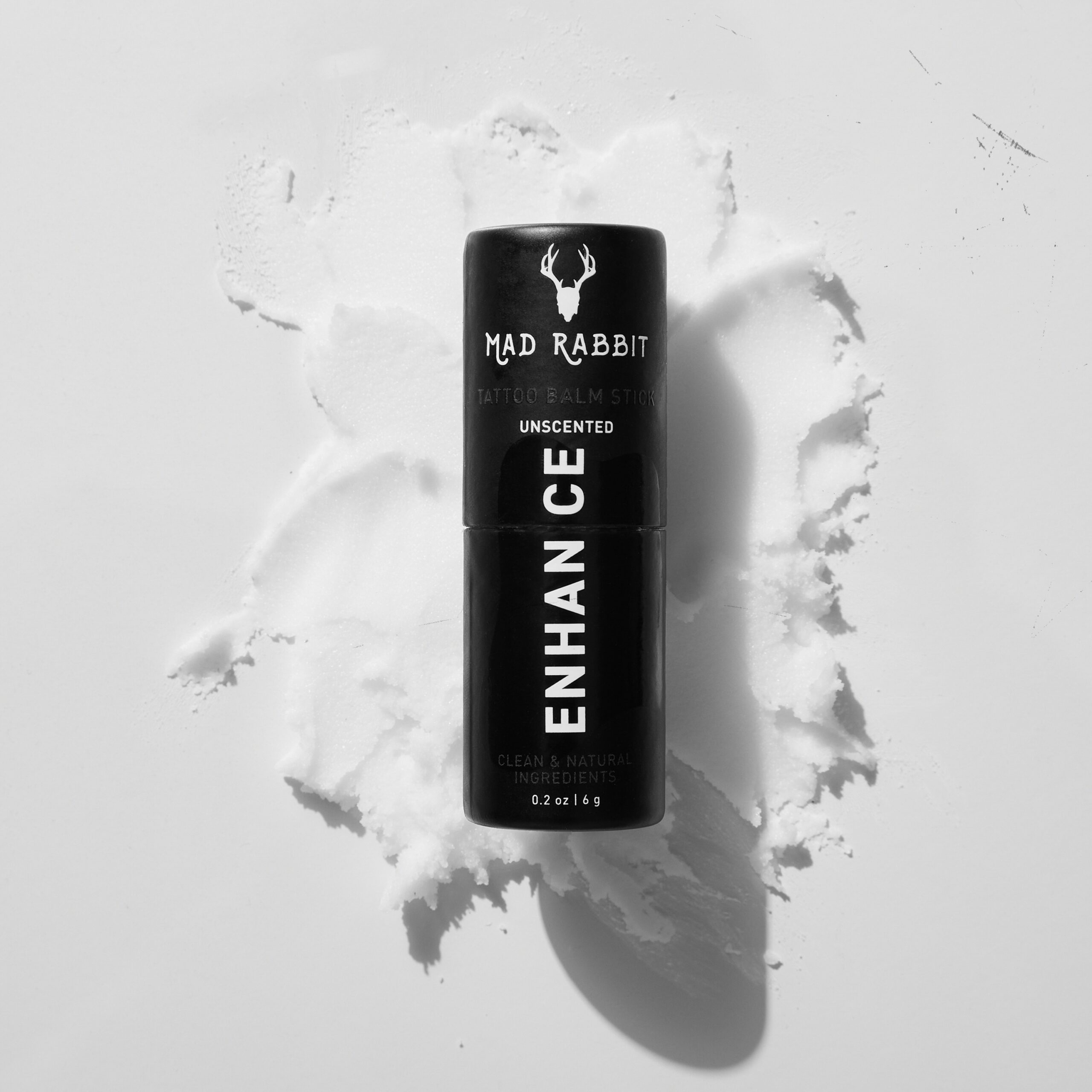
How do you prepare for big-box retail?
Zak: There are a few sides to it. There’s the supply chain side. You have to make sure all of your inventory will be in stock and ready to go. Are we going to pay for the inventory with debt or use cash? We are probably going to end up doing a debt revolver or private line of mezzanine debt. Once we have the purchase order in hand, we will take it to a few different lenders. I rather keep cash for marketing. There’s also the whole marketing side.
Murray: As a brand, we have spent a lot of our investment in digital, but, with big-box retail, it becomes a much more integrated strategy. It’s about thinking about in-person events. How do we amplify ambassadors to talk about how we are in store? How do we leverage digital to retarget and drive directly to the retailer?
Additionally, it’s thinking about our very engaged customer and making sure they have the information they need to know we are at the retailer. How do we incentivize them to check us out in store? It’s diversifying the direction of our social presence that we’ve been directing at our website, and it’s negotiating with retailers to connect with consumers in stores.
How do we show up as a brand? What does our shelf display look like so the brand is really clear within a big-box store? Lastly, it’s about making a media and communications splash with publications and telling the story that a retailer is making a big change in strategy understanding that a large number of Americans have tattoos, and why this category is big for the retailer and how Mad Rabbit is the perfect brand to drive it.
Where do you hope the brand will be in five years?
Zak: I hope to have a larger focus on the international market. All of the growth statistics aren’t exclusive to the United States. The adoption of tattoo culture is a global trend, specifically in European countries, Japan and increasingly South Korea. There’s a huge market abroad and, being a storytelling brand, I’m excited about the opportunity to include that in content as well.


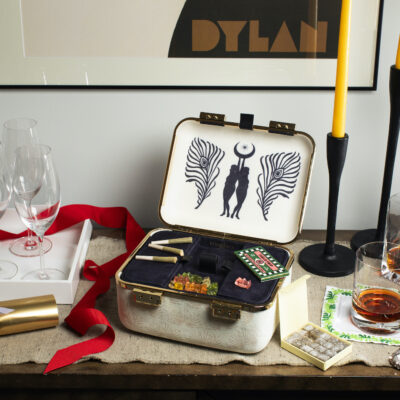
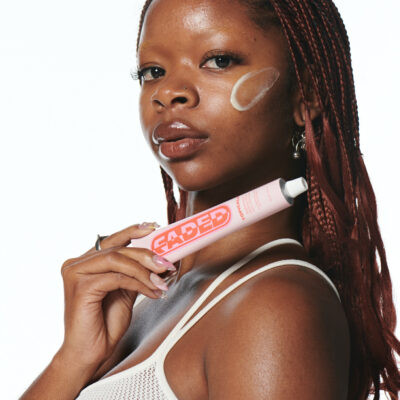
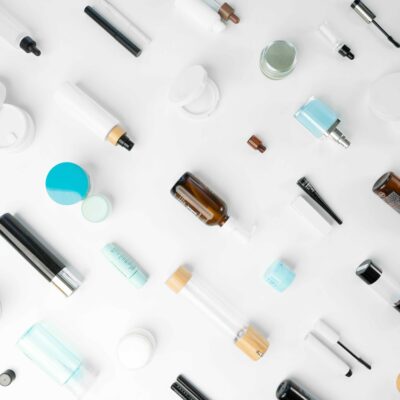
Leave a Reply
You must be logged in to post a comment.